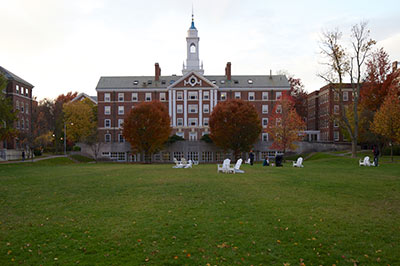College Planning and Management, 2015
LAS VEGAS, NV – Nevada Career Institute (NCI) is in the midst of transforming its campus into a modernized place of learning with the goal of best preparing its students for successful careers in the medical field. Owned by the Fuerst family, leaders in career education since the early 1960s, NCI has become a vital link to the thriving health care industry in Las Vegas, NV.
According to Serjik Kesachekian, Success Education College’s (SEC) Chief Strategy Officer, “NCI’s relocation and beautification creates a modern and inviting educational environment for our students and Team Members. As one of Success Education College’s Key Performance Areas, Quality Growth is fostered on all of our campuses to enhance the learning experience and promote student success. The renovations and changes at Nevada Career Institute will continue to establish NCI as a leader in health care career education for the greater Las Vegas area.”










